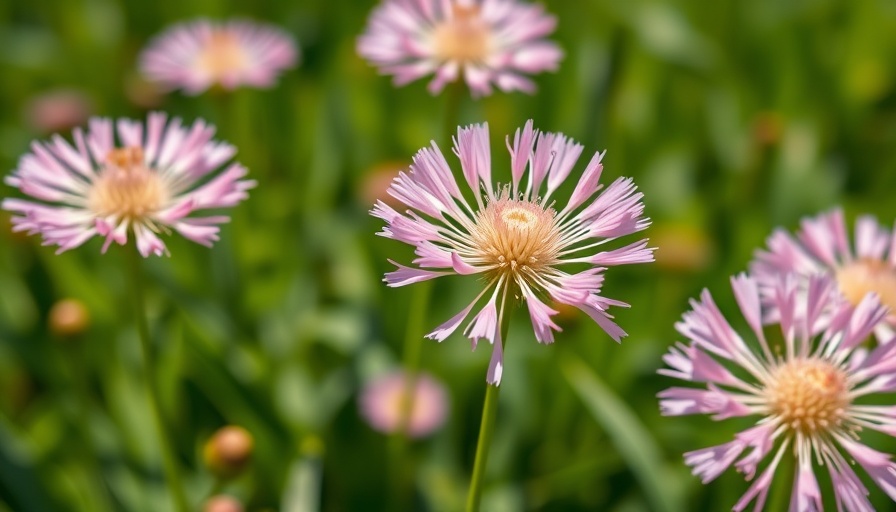
Discover the Beauty of Strawflowers: The Perfect Addition to Your Garden
If you’re looking for an eye-catching flower that brings a splash of color to your garden while also serving as a durable dried decoration, look no further than strawflowers! Also known as everlasting daisies or paper daisies, these resilient blooms are not only visually appealing but also low maintenance, making them an excellent choice for homeowners eager to enhance their garden space.
What Are Strawflowers?
Strawflowers (Bracteantha bracteata) are a member of the Asteraceae family, hailing from Australia. Their durable papery petals and vibrant colors—spanning from sunny yellows and oranges to deep reds and lovely pinks—make them a sought-after plant for gardens and cut flower arrangements alike. When cut at just the right time, strawflowers can retain their beauty for months, allowing you to decorate your home with a touch of nature during the colder months. When harvested correctly, they make stunning arrangements that can brighten any space.
Where and How to Grow Strawflowers
These hardy flowers thrive in full sun, requiring six to eight hours of direct sunlight daily, and they prefer well-drained soil. Interestingly, strawflowers are quite drought tolerant, meaning they require less water than many other flowering plants, making them ideal for a low-maintenance garden. Whether in raised beds, traditional flower gardens, or mixed in with veg, strawflowers flourish and add charm to any garden setup.
For best results, plant your strawflowers in a location that offers both sunlight and good drainage. For those in the colder climates, these flowers also have the advantage of being cold-tolerant and can withstand light frosts, extending their blooming season well into fall.
Starting Off with Seeds: An Easy Guide
For homeowners interested in growing strawflowers, starting them from seed is an easy and rewarding process. Begin by sowing seeds indoors approximately six weeks before the last frost date in your area. Use a seed-starting tray filled with a soilless mix, ensuring to keep the soil moist but not soggy. As your seedlings grow a few inches tall, transplant them outdoors after the threat of frost has passed.
You can also choose to direct sow the seeds into garden beds or container gardens when the weather warms up. Maintaining adequate soil moisture during germination is critical, and planting them a few inches apart allows each plant to thrive without overcrowding.
The Art of Harvesting Strawflowers
Timing is crucial when it comes to harvesting strawflowers for drying. You'll know they're ready when only a few bracts are open, while the center bracts remain closed, indicating that they are at their peak for drying. Promptly cut and hang them upside down in a dark, dry place to ensure they retain their vibrant color and form.
Consider clustering different colored strawflowers to create a striking visual impact in your dried arrangements. They can be used to create beautiful decorations for holidays, special events, or simply to add a touch of nature to your home décor.
Why Strawflowers Are Perfect for Homeowners
For homeowners focusing on outdoor living and landscaping, integrating strawflowers into your garden setup offers numerous benefits. Their stunning visual appeal, combined with their low maintenance nature, means less work and more beauty in your garden. Additionally, they encourage local pollinators, supporting a vibrant ecosystem within your yard.
The versatility of strawflowers also extends to their use in interior decorating. Once dried, they can add a unique, rustic charm to vases, wreaths, or floral arrangements displayed around your home, becoming focal points that showcase your gardening achievements.
Conclusion: Embrace the Beauty of Strawflowers Today
As you consider options to boost your garden's appeal this season, don't overlook the charm and practicality of strawflowers. From their vibrant blooms to their dried durability, they present a terrific, versatile addition to any homeowner's garden. If you’re ready to get started, gather your seeds and begin your strawflower journey today!
 Add Row
Add Row  Add
Add 


Write A Comment